Sewage 101: USA’s Successful Water Treatment
Posted by Janna on 19th Aug 2021
Gravity, Nature's Helpful Treatment Tool
We, humans, are so innovative. We can also be a little messy. For instance, we create a lot of waste, but we have figured out how to clean some of it up. The waste and dirty water we flush and rinse down the pipes take a serious journey to be sanitized. Gravity and occasionally some pumps pull the water through bigger and bigger pipes removing material before reaching our natural water sources. Despite gravity being an enormous help in the process, it takes many resources, and the gunk of course goes to the landfill. This is why using a BidetMate and, therefore, less toilet paper is a fantastic thing to do.
Oxygen and Pix Axes
Large debris is filtered and sorted out to landfills. Oxygen is added to the water to stir up the smelly chemicals, pollutants, grease, dirt, and masses of bacteria called floc. Sounds like a gross job, but the workers at US water treatment plants get paid an average of $64,103 a year to do this smelly and vital job. If there is a holdup somewhere in the pipes, workers have to manually break up the clogs or fatbergs that are grease and pollutants like toilet paper congealed together. Grease is one item that is better not to put down our drains, as are toxins. Even though our system is advanced and our workers are experienced, the less we put down our pipes, the better.
No Sludge Left Behind
The smaller debris is also filtered, called sludge, and scum is filtered out and removed to landfills. Before putting the water back into the natural resources of streams, rivers, and oceans, the last step is to clean out the bacteria with chlorine. If you'd like to help this wonderful process out by putting flushing less down the pipes, get a BidetMate, and if you'd like more nitty-gritty details about water treatment, please look up US.GOV/special project/waterscience.

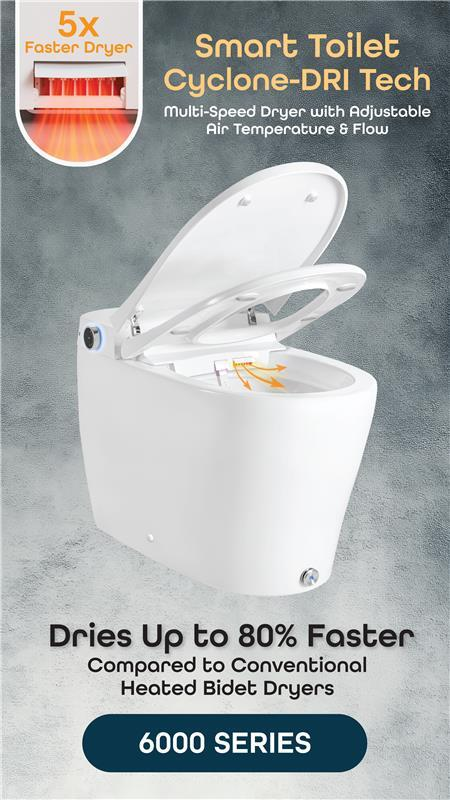
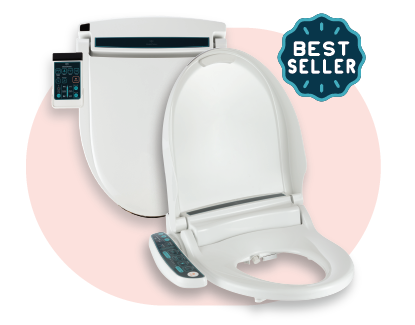


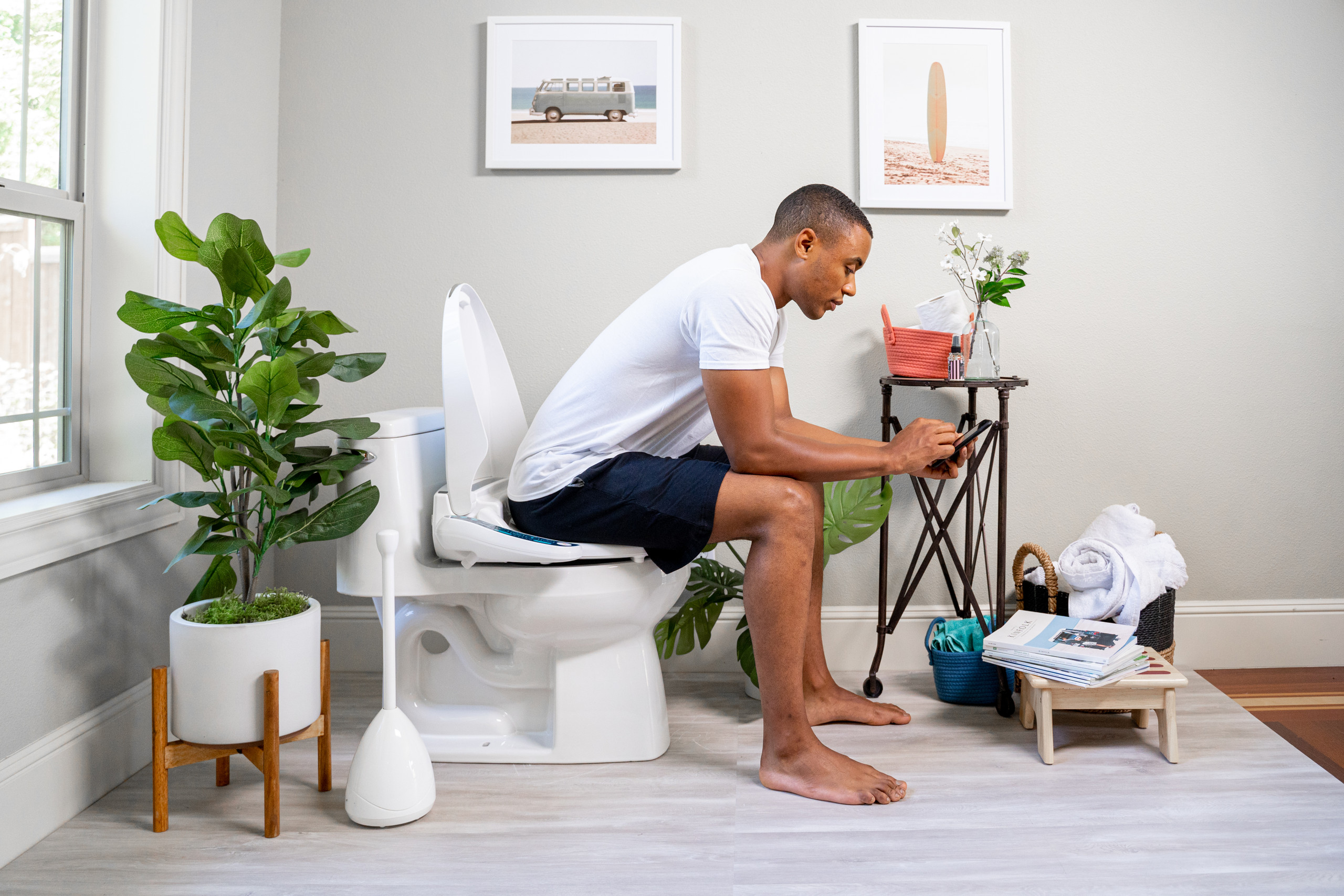


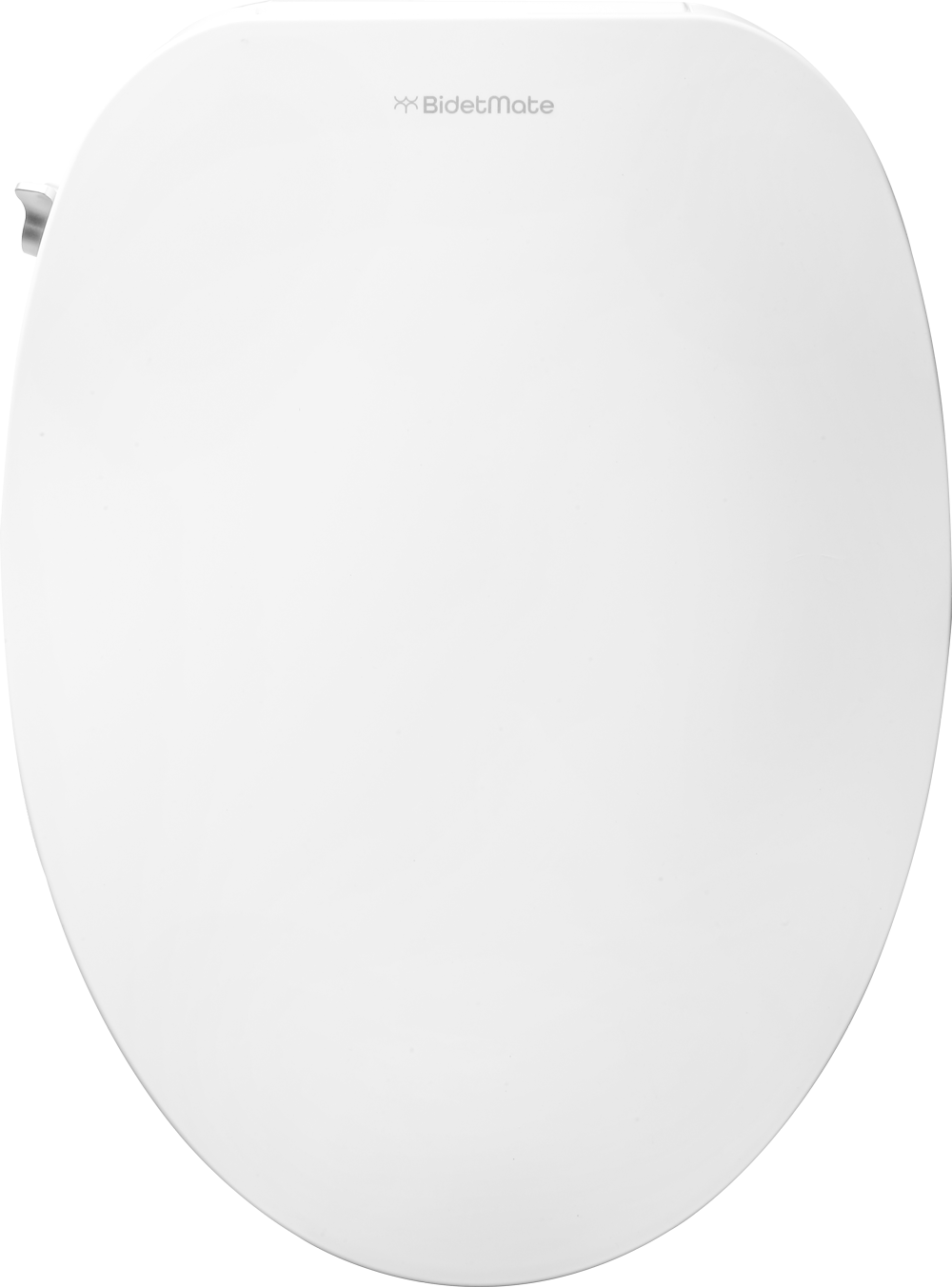
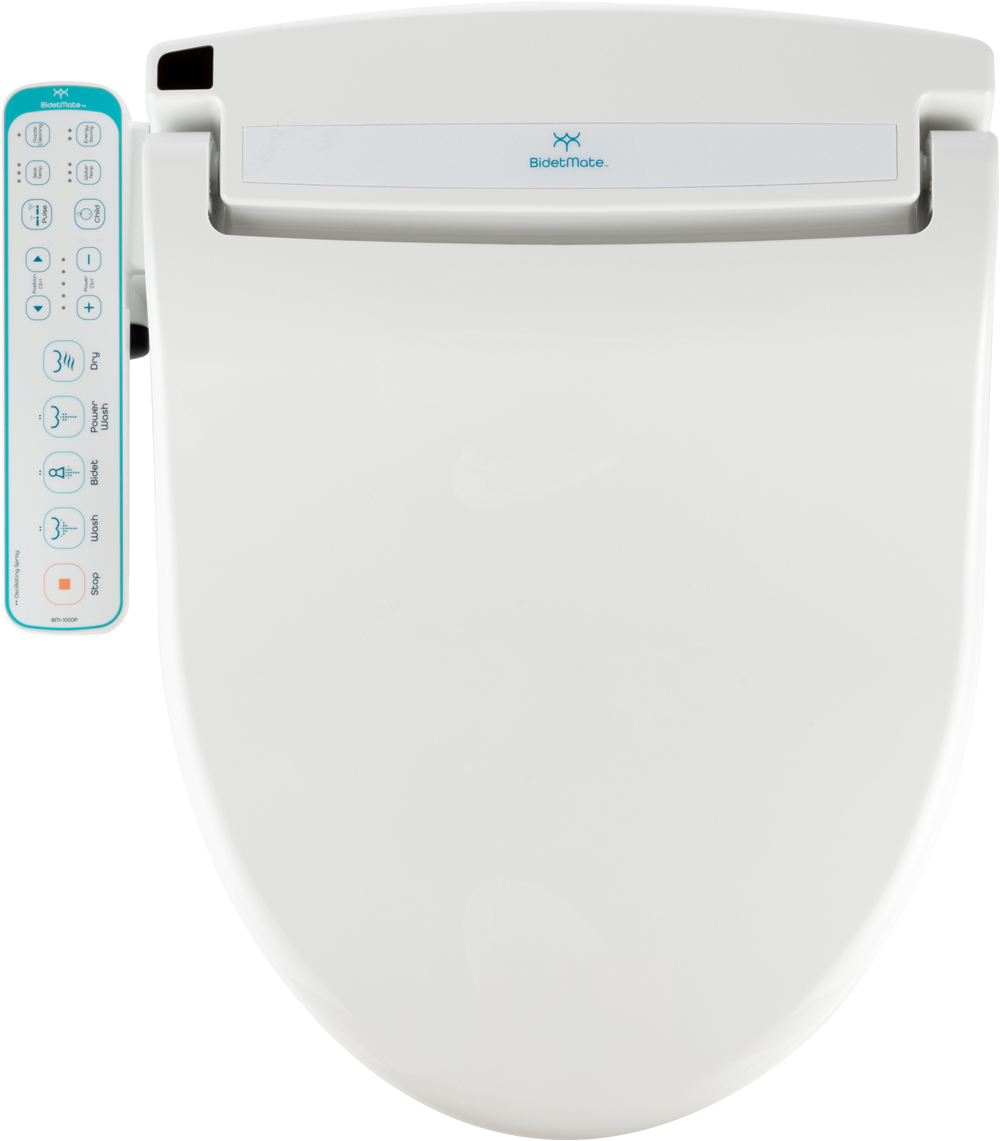
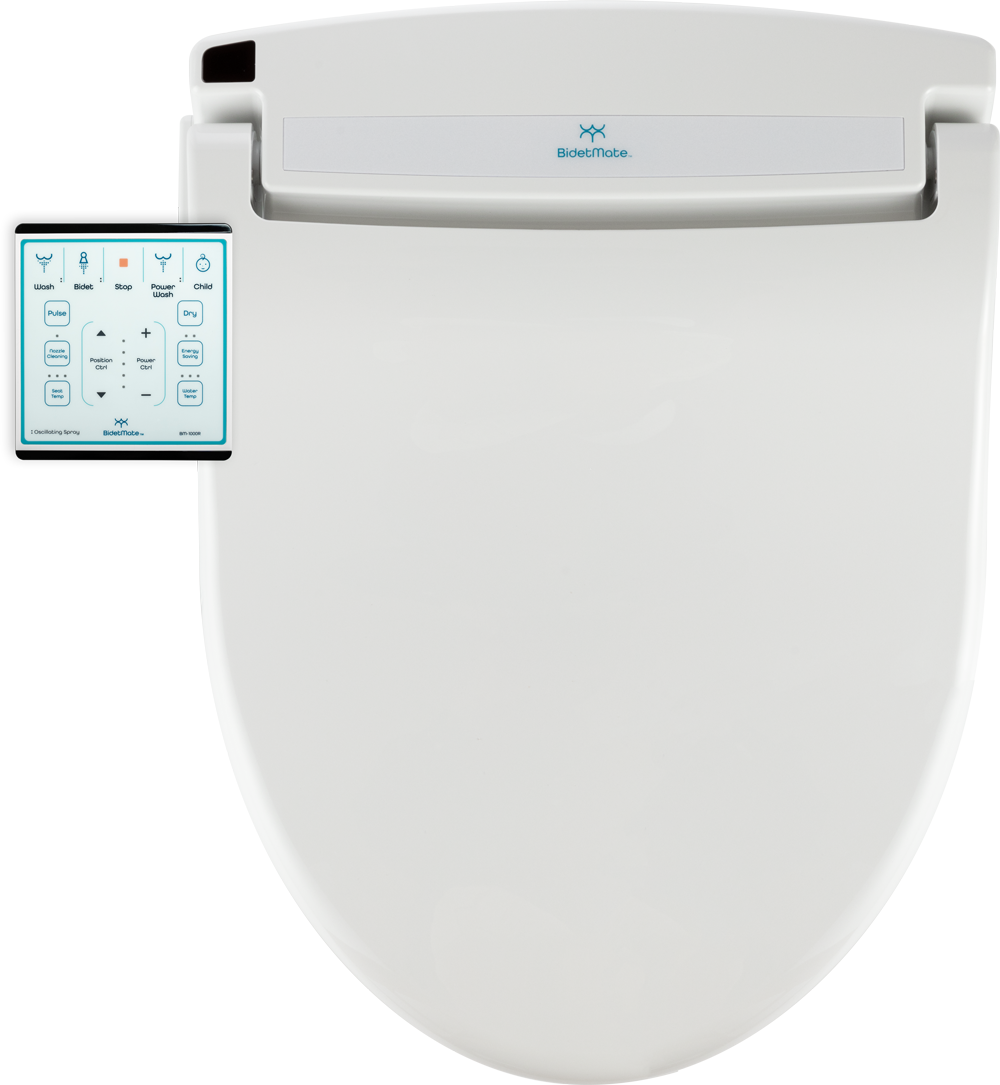


 END Shopper Approved - templates/layout/base.html
END Shopper Approved - templates/layout/base.html